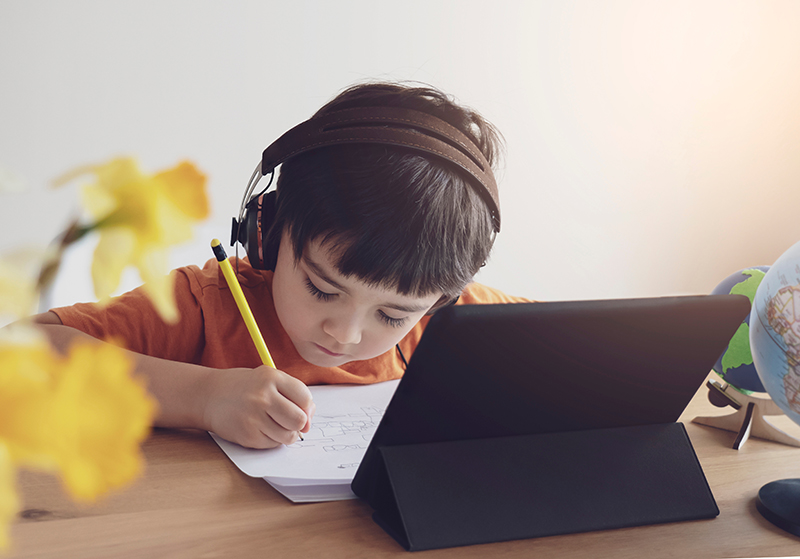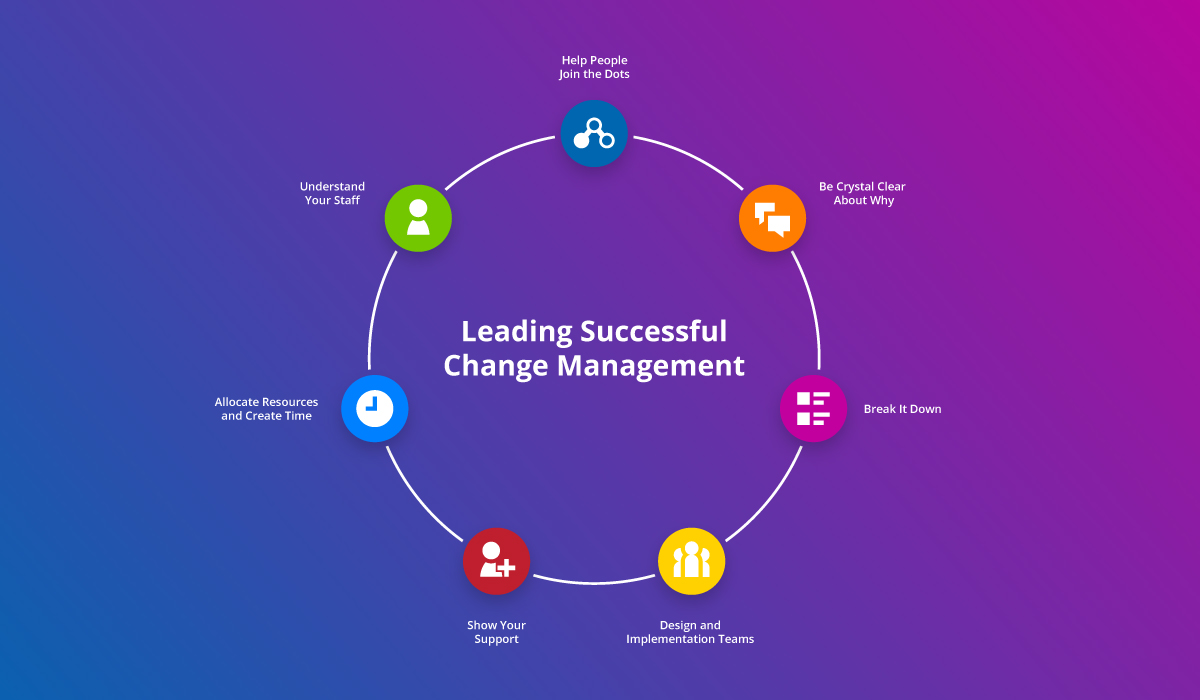eLearning is one of the few areas of education that have dominated the landscape over the past 12 months. With countries across the globe experiencing different levels of lockdown during their navigation of the COVID-19 pandemic, schools have had to become adept at teaching remotely, and in doing so, have been utilising digital resources and online collaborative tools.
While many schools have embraced eLearning as an opportunity to enhance their contemporary, 21st century academic offerings, the suddenness of students having to learn from home has meant that many educators have been forced into new modes of teaching that may be unfamiliar.
Within the e-learning sector itself, certain trends have been driven by teachers and students alike. This blog studies some of the eLearning developments that are likely to dominate the education sector in the coming year.
With coronavirus still causing much concern around the world, teachers may well find now is the time to increase their own knowledge and skills in eLearning and not be afraid of trying something new.

#1 Student-centric learning
Student-centric learning focuses on the needs of students at a point in time and progression, rather than a one size fits all transfer of information from the teacher to the class. Student-centric methodology offers a unique way in which educators teach and engage with their students, as it meets the needs of a diverse range of learners.
Different learning styles are catered for, because the teaching is not achieved with a fixed approach. Rather, the teacher assesses where students are at, through pre-testing and questioning, and then adjust their delivery methods accordingly.
Student-centric learning is distinctive in that it can be delivered through a combination of face-to-face and online study and encompasses digital media and applications such as live video conferencing, surveys, forums, polls, quizzes, and online submissions for assessment. These can be presented via a mix of synchronous and asynchronous experiences depending upon the teacher’s understanding of students’ learning preferences.
Schoolbox, the all-in-one educational learning platform, is well-positioned for student-centric learning with its ability to tailor content, tasks and assessments to each individual learner. Schoolbox offers text, audio and video content creation, the ability to embed websites and 3rd party applications, as well as bespoke task and assessment builders.
#2 Microlearning
Microlearning is certainly not a new concept, but it is one that provides numerous benefits to learners and has become a focus for teachers globally as they manage teaching with children learning from home. Otherwise known as ‘chunking’, microlearning embraces the idea of breaking big things into smaller, bite-sized chunks. This enables students to grasp a concept bit-by-bit, to review with ease, and to follow a self-paced process.
Examples of microlearning include short videos or audio files, presentations and activities. These small learning opportunities are usually suitable for viewing or listening on any device type, which during remote learning can offer manageable learning possibilities.
Schoolbox embraces the microlearning model by enabling teachers to create content that suits their learners’ diverse requirements. Audio and video files can be made and shared easily, and any number of links and web pages can be created for students to work through. Different file types can be accommodated and so the process of creating, sharing, and collaborating is simple.
#3 Artificial intelligence in education
Artificial intelligence (AI) is often viewed as a complex next-level area of digital technology where computers are programmed to mimic sophisticated human behaviour, however in an education context — with thinking, learning and problem-solving—AI can perform many repetitive, manual tasks in order to free up teachers’ precious time.
Computer generated actions for administrative and simple activities, which consume a great deal of effort, allow teachers to focus on what they do best—educating their students and providing quality feedback for improvement and growth. For example, AI can be used for the automation of marking student work where answers are defined. With the marking of quizzes taken care of and results automatically populated into a markbook, Schoolbox allows teachers to claw back precious time for use in more valuable areas such as providing rich feedback.
#4 Ubiquitous mobile learning
Researching and learning anywhere, anytime has become a necessity, and has certainly been a requirement during the recent health crisis and subsequent remote learning periods. The ability of an educational platform to adapt the user experience to suit desktop computers, laptops, tablets and mobile phones is crucial in order to fulfil the needs of both teachers and students. EdTech companies are well aware that the user experience (UX) needs to be simple and engaging, and their websites and applications have to be optimised for content consumption. No matter the type of device chosen, accessing web-based educational content needs to be a smooth and consistent experience.
The Schoolbox learning platform is made for any device. All components and content in Schoolbox have been created with responsive web design principles in mind. The homepage templates provided within Schoolbox offer a simplistic yet engaging design which responds effectively to all device types.

Essential to contemporary teaching
eLearning has for the past decade or so, been embedded within education in many parts of the world, but the advent of the coronavirus pandemic has brought the importance of e-learning into a fuller and clearer focus and globally, is now being viewed as an essential element of contemporary teaching.
Within the e-learning sector itself, different trends have come and gone, servicing the K–12 school market. The four dominating trends discussed in this blog will likely impact education in the future.
Now is the opportunity for teachers to explore the trends and think about what may add value to their classrooms, physical and digital, and how their students may benefit from some of the latest eLearning developments.
Chat to one of our Education Consultants today to see how you can take advantage of e-learning for your classroom.





